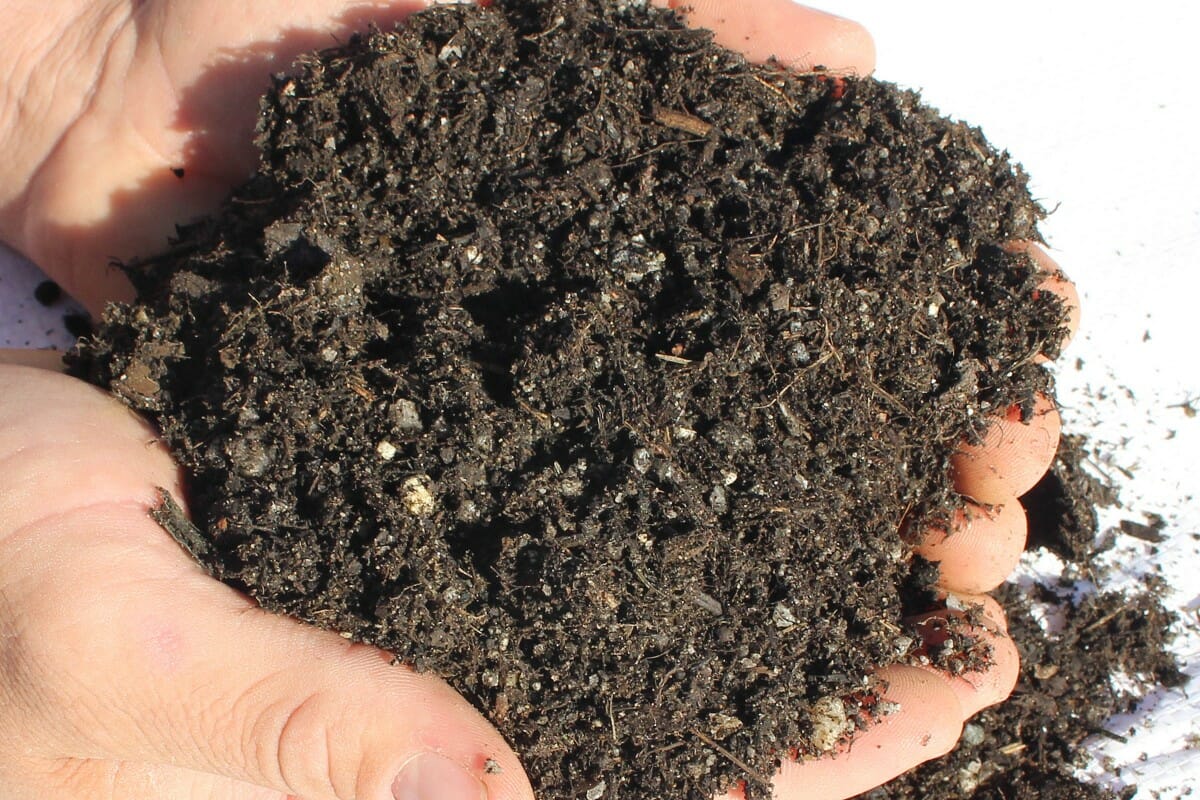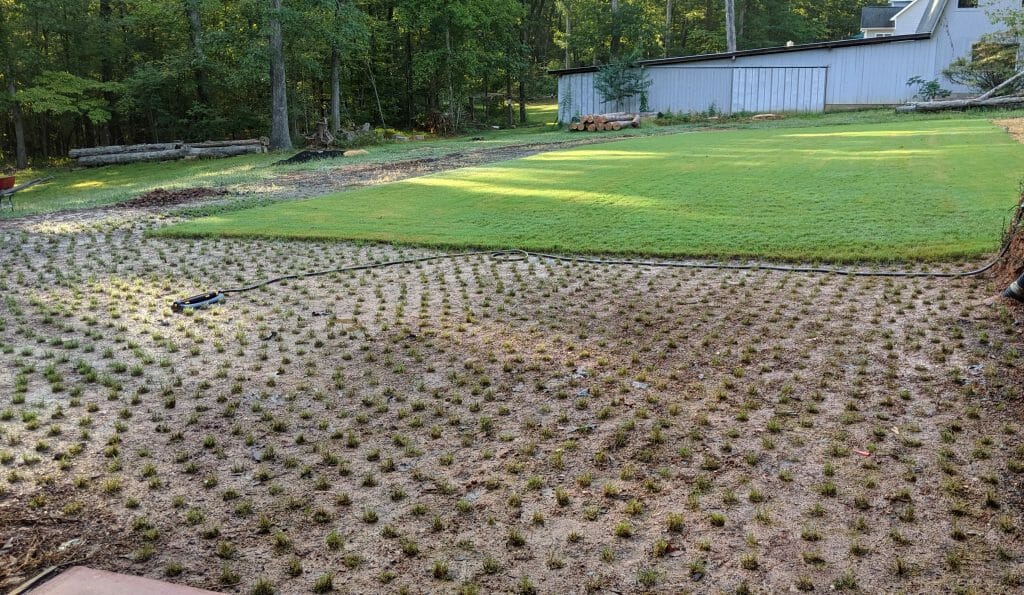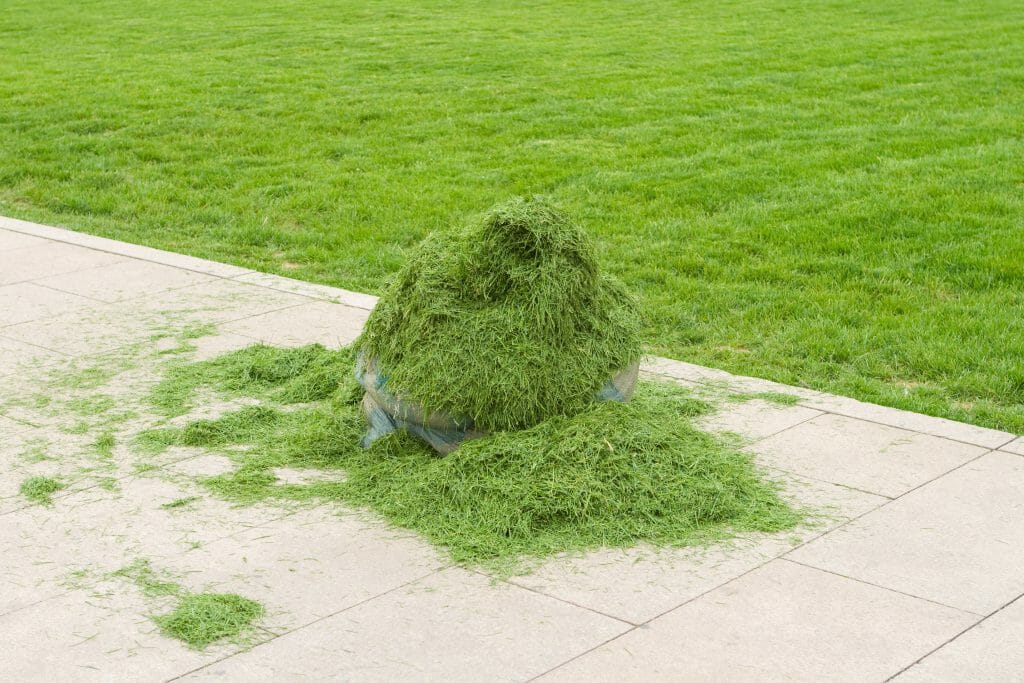Many of us learned about homogeneous and heterogeneous mixtures in our high school science class, but did you know they can be applied to your garden?
You may have been told that soil is a heterogeneous mixture, but this can be confusing, especially when looking at certain soils in person. So, why is soil a heterogeneous mixture?
Soil is a heterogeneous mixture because it is made up of a variety of different materials that come together to form soil and do not combine on a chemical level.
Certain soils may look like one consistent substance, but if you look very closely, you will see that so many things are making it up.
This article is going to explain the difference between homogeneous and heterogeneous mixtures and explain exactly why soil is a heterogeneous mixture.
Is Soil Homogeneous or Heterogeneous?
Soil is typically considered a heterogeneous mixture.
This means that it is not uniform throughout and consists of various components that are not evenly distributed.
In soil, you can find a mixture of minerals, organic matter, water, air, microorganisms, and sometimes even small rocks or debris.
These components are not evenly distributed in terms of their composition, concentration, or arrangement within the soil. As a result, soil is considered heterogeneous.
Let’s delve deeper into why soil is considered a heterogeneous mixture:
- Mineral Composition: Soil is composed of various minerals like sand, silt, and clay. These minerals are not evenly distributed in most soils. You can find pockets or layers within the soil profile where one type of mineral dominates, creating variations in the composition.
- Organic Matter: Organic matter, including decomposed plant and animal material, is a crucial component of soil. This organic matter is not uniformly spread throughout the soil but instead accumulates in certain areas, like the topsoil layer. This creates variations in the organic content across the soil.
- Water Content: Soil contains water, and the distribution of moisture can vary. Some parts of the soil may be dry, while others are moist or even waterlogged, depending on factors like drainage and recent precipitation.
- Air Pockets: Healthy soil contains spaces or pores for air circulation. The distribution of these air pockets can be irregular within the soil, with variations in the size and number of pores.
- Microorganisms: Soil is teeming with microorganisms like bacteria, fungi, and nematodes. The presence and distribution of these organisms can vary widely within the soil, influenced by factors such as organic matter content and soil moisture.
- Debris and Rocks: Sometimes, soil can contain small rocks, pebbles, or debris. These foreign materials are typically found in specific locations within the soil, making it heterogeneous in terms of physical composition.
- Soil Horizons: Soil scientists classify soil into distinct layers or horizons, such as topsoil, subsoil, and bedrock. Each horizon can have unique characteristics, adding to the heterogeneity of the soil profile.
- Nutrient Distribution: Nutrient content in soil, including essential elements like nitrogen, phosphorus, and potassium, can vary depending on the soil’s history, land use, and organic matter content. This non-uniform distribution impacts plant growth.
In summary, soil’s heterogeneous nature results from the complex interplay of various components, both living and non-living, as well as environmental factors.
This heterogeneity has significant implications for agriculture, ecology, and land management because different areas of soil may provide distinct habitats and support varying levels of plant growth and microbial activity.
What is the Difference Between Homogeneous and Heterogeneous Mixtures?
So before we can explain why soil is heterogeneous, we must remind ourselves what each term means.
Let’s look at the definitions for these terms and how they relate to the soil.
Homogeneous
The prefix ‘homo’ means the same. So, from this definition, we can extrapolate that a homogeneous mixture is a substance created by mixing one or more ingredients that are uniform or the same throughout.
An example of this is salt water, where the salt has been fully dissolved into the water, and no solids are left behind. These two elements cannot be physically separated by hand and would require an evaporation process to extract the salt.
Soil is not homogeneous because it is made up of a number of different physical elements and is not uniform.
Heterogeneous
The prefix ‘hetero’ means different or other. Therefore, a heterogeneous mixture is a substance created by mixing two or more separate parts.
Each element is present in its original form and can be manually separated from the other.
An example of a heterogeneous mixture would be iron filings and water to compare it directly with a homogeneous mixture. The water and iron will remain in their original forms and will not mix together.
So, what makes soil heterogeneous?
Why is Soil a Heterogeneous Mixture?
Soil is a heterogeneous mixture because it is made up of a number of elements that can be physically separated from one another.
While some soils, like clay, may appear homogeneous on a microscopic level, they are actually made up of many different organic and inorganic materials. The quantities of these elements will vary depending on whether you are dealing with sand, silt, clay, or loam, where the soil is located, and what the climate of that area is like.
In general, soil is made up of the following:
Organic Materials
Organic matter in soil comprises of broken-down plant and animal matter that creates a humus-rich topsoil. This is a great source of nutrients and vital minerals for your plants. You can contribute extra organic to your soil by using compost and other soil amendments.
Mineral Particles
This is the inorganic part of the soil made up of broken-down pieces of rock. Three different forms of weathering cause this breakdown.
- Physical weathering– The mechanical breakdown of rocks caused by impact and climate over time.
- Chemical weathering– Breakdown cause by a change in chemical makeup in the rock. This can be caused by contact with water, air, or other chemicals.
- Biological weathering– This is caused by outside influences like animal activity and roots breaking through rocks.
Air
This may sound strange, but air is always present in the soil in pockets between larger components. The air gaps and quantity will vary between soil types, with clay containing the least amount of air and loam containing the most.
Water
The amount of water in the soil will vary depending on what type of soil it is, its climate, and its location. It is important to keep your garden soil well watered as this is your plants’ only water source.
Living Organisms
Most soil will have some creature living in it, even if you can’t see it with the naked eye. Larger organisms include earthworms and other insects, but microorganisms like bacteria and fungi are also hiding in the soil.
As with all soil components, the organisms present will change depending on the soil type and local climate.
Is Soil a Compound?
Soil is not a compound; it’s a complex mixture of many different substances. A compound is a substance formed when two or more chemical elements are chemically bonded together in a fixed ratio, like water (H2O), which is made from two hydrogen atoms bonded to one oxygen atom.
Compounds have specific properties and a consistent composition.
In contrast, soil is made up of a wide variety of materials, including:
- Mineral Particles: These come from broken down rocks and can vary in size from tiny clay particles to larger sand and gravel.
- Organic Matter: This includes decomposed plant and animal material, which provides nutrients and helps retain moisture.
- Water: The moisture content in soil can vary greatly and affects its texture and the ability of plants to grow.
- Air: Small pockets of air between soil particles are essential for root growth and the activity of microorganisms.
- Living Organisms: A multitude of organisms, from microscopic bacteria to earthworms, live in soil and contribute to its health and structure.
Each of these components can vary widely from one type of soil to another, and their proportions can change over time and with different environmental conditions.
This complexity and variability mean that soil doesn’t have the consistent composition that defines a chemical compound. Instead, it’s considered a heterogeneous mixture because its components can be physically separated and aren’t uniformly distributed.
Soil’s properties and behavior are the result of the interactions of its various components, making it one of the most dynamic and diverse materials on Earth.
Frequently Asked Questions:
What are the four main ingredients of soil?
We have gone into detail about what makes up soil above but let’s look at it in terms of percentages. These are generalized and will vary depending on the type of soil you are working with.
Soil is generally made up of 45% mineral matter, 5% organic matter, 25% air, and 25% water.
How is soil formed?
Soil is created by weathering and decomposition of organic materials.
Weathering occurs when rocks and minerals are broken down by the wind, water, and other climate factors.
How do you define soil?
Soil is the loose layer on the very top of the earth’s surface that covers the majority of the land. It provides structural support for plants as well as providing them with water and nutrients.
Conclusion
So after going through all of that, we can see that, although it may seem otherwise, soil is indeed a heterogeneous mixture.
Soil is considered a heterogeneous mixture because it is made up of a variety of different materials that have been physically rather than chemically combined.
Now that you have brushed up on your high school science, you can go into your garden with the knowledge that your soil is wonderfully heterogeneous and full of organic goodness.




